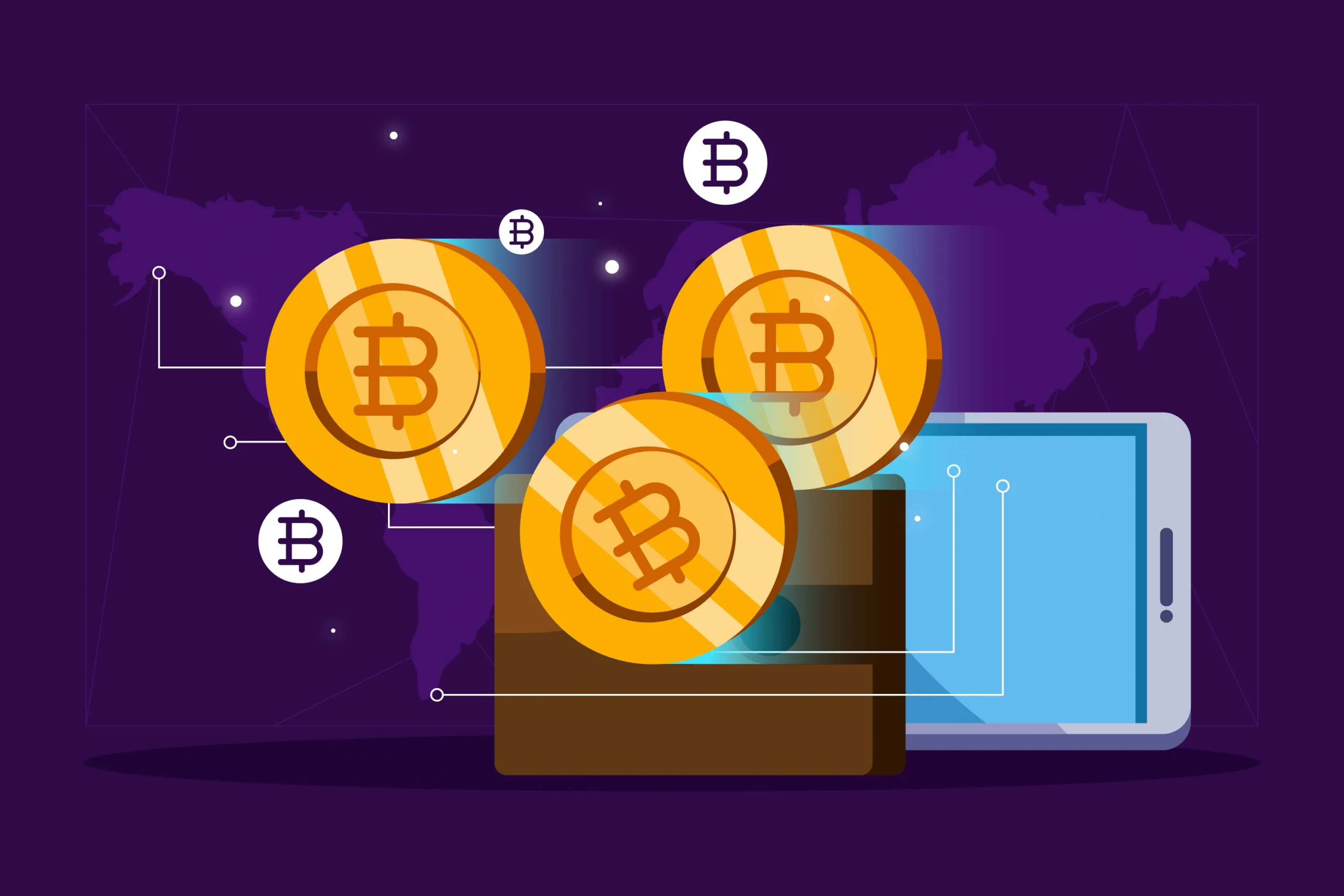When you hear the word “mining,” you probably think of mining for gold or some other commodity deep beneath the surface of the earth. But now, there is another kind of mining: bitcoin mining. This internet process has been a big news maker, but what exactly is it compared to good old-fashioned mining that we’ve heard of? Let’s look at the largest differences between bitcoin mining and traditional mining.
What Is Traditional Mining?
Traditional mining refers to digging gold, coal, diamonds, and copper out of the earth. It is accompanied by manual labor, huge equipment, and a lot of environmental degradation. Miners use machines like excavators, drilling equipment, and explosives to reach materials buried under the earth. They are processed and sold to make a profit.
What Is Bitcoin Mining?
For their part, bitcoin mining does not entail digging or manual work. Instead, it’s more about solving hard mathematical puzzles using high-powered computers. By solving these puzzles, the miners help process transactions and keep the Bitcoin network secure. In return, they get paid new bitcoins.
All this is done on the internet—no manual digging. It’s just part of the burgeoning world of cryptocurrency mining, where people use specialized computers (like ASIC miners) to earn digital currency.
Major Differences Between Bitcoin Mining and Conventional Mining
1. What’s Mined?
Bitcoin Mining:
Here, what’s mined is bitcoin—a type of electronic money. No tangible material is dug up; instead, bitcoins are earned by solving mathematical problems.
Conventional Mining:
All this is about digging up physical substances—gold, coal, or copper, for example—from the earth. These substances are used to build structures or power homes.
2. How It’s Done
Bitcoin Mining:
In bitcoin mining, powerful computers (known as ASIC miners or GPUs) are used to solve difficult math equations. The computers are employed to verify transactions in the Bitcoin network. It’s all digital, and you can even do it from home if you possess the proper equipment.
Traditional Mining:
Traditional mining is accomplished by manual workers and machines. The miners use enormous machines like excavators and drills to smash rock and extract valuable minerals. Sometimes they even use explosives to carve through difficult layers of ground.
3. Tools Used
Bitcoin Mining:
The miners use high-powered computers, sometimes custom-made and constructed, solely for breaking the mathematical problems of Bitcoin. You also need mining software in order to connect your computer to the network.
Traditional Mining:
In traditional mining, the machinery is enormous and physical. Drills, excavators, and even bombs are used to extract substances from the earth’s interior. It’s heavy lifting (and sometimes dangerous) on a massive scale.
4. Where It Happens
Bitcoin Mining:
This happens in data centers or even residences. Provided you have the right equipment and a good internet connection, you can mine Bitcoin anywhere in the world.
Traditional Mining:
Traditional mining takes place in the physical world, very far down from the earth’s surface in quarries and mines. Miners dig through rock and earth to reach concealed materials.
5. Impact on the Environment
Bitcoin Mining:
Bitcoin mining does not damage the land physically. However, it consumes a lot of electricity. Bitcoin miners need a lot of electricity to run their computers. If the electricity is generated from non-renewable sources of energy, it has the potential to emit a lot of carbon. But some of the miners now use renewable energy.
Traditional Mining:
Traditional mining is usually detrimental to the environment. It may cause deforestation, pollution, and soil degradation. Additionally, traditional mining processes may generate huge amounts of dust and toxic waste, which may pollute air and water.
6. Accessibility
Bitcoin Mining:
It is simpler to enter the world of Bitcoin mining. You can do so using a good computer, stable internet, and low-cost electricity. You don’t need to spend large capital or own land, so you don’t need to be an enormous company to join.

Traditional Mining:
It is much harder to enter traditional mining. You require large capital, ownership of land, permits, and heavy machinery. It is a multi-millions dollar industry and one that is only usually available to large companies with deep pockets.
7. Profitability
Bitcoin Mining:
If you are able to get the proper mining hardware and power is cheap, bitcoin mining can be profitable. The deciding factor in this case is the price of Bitcoin as well as the difficulty in mining. The higher the price of Bitcoin, the better the profit in mining.
8. Safety and Health
Bitcoin Mining:
Bitcoin mining is fairly safe. There is no physical labor or hazardous working conditions. Miners need not worry about equipment failure or overheating, however.
Traditional Mining:
Traditional mining is not very safe. There are always hazards from the equipment, and physical labor can be hazardous. Physical labor requires manual labor and could expose miners to dust, asbestos, or other hazards.
Traditional mining comes with many hazards. Miners expose themselves to cave-ins, explosions, and contact with harmful chemicals, to mention but a few. Coal miners suffer from respiratory problems like black lung disease, to mention but one.
Final Thoughts
While both bitcoin mining and traditional mining employ the usage of “mining,” they are light-years apart in nature. Traditional mining is all about digging up physical resources on earth, while bitcoin mining is all about using technology and solving mathematical problems to receive digital money.
So, why choose one over the other? If you’re looking for a way to make money with minimal physical effort, bitcoin mining might be the way to go. On the other hand, if you’re into physical work and big-scale projects, traditional mining may still hold appeal.
Either way, both forms of mining are making their own niche in the world, and their future is most likely to keep evolving.

